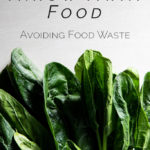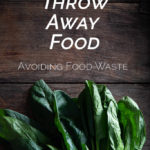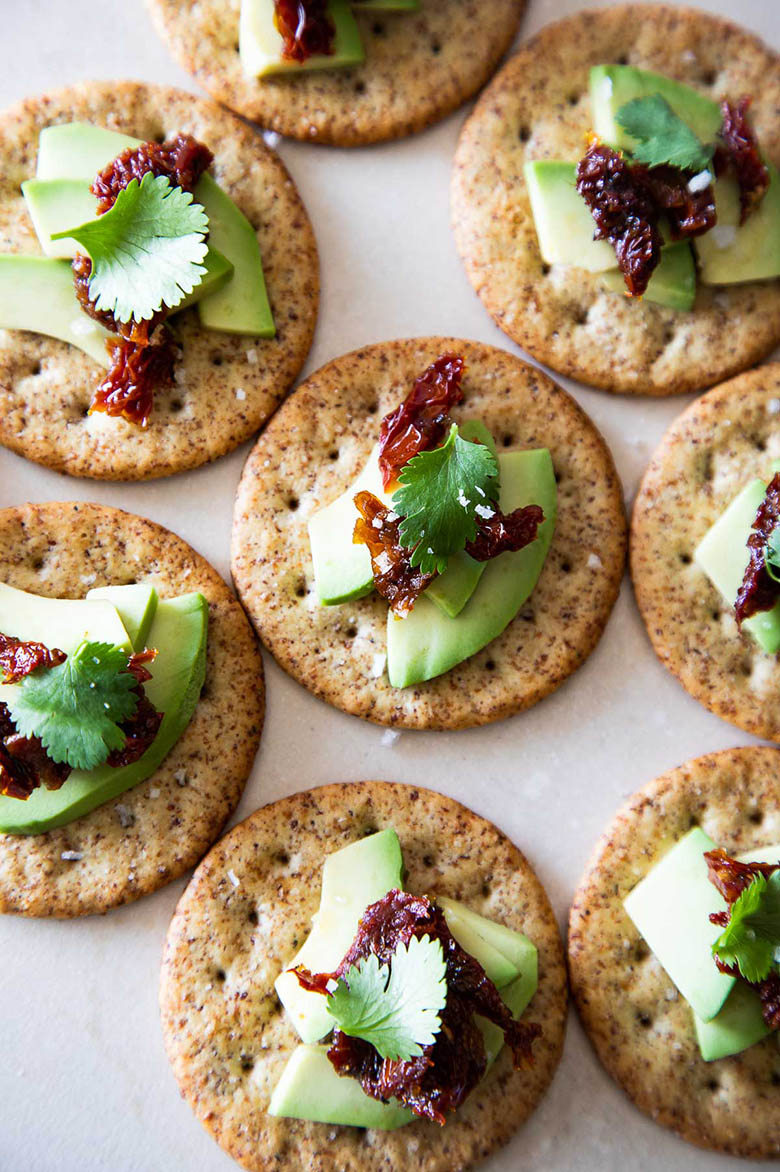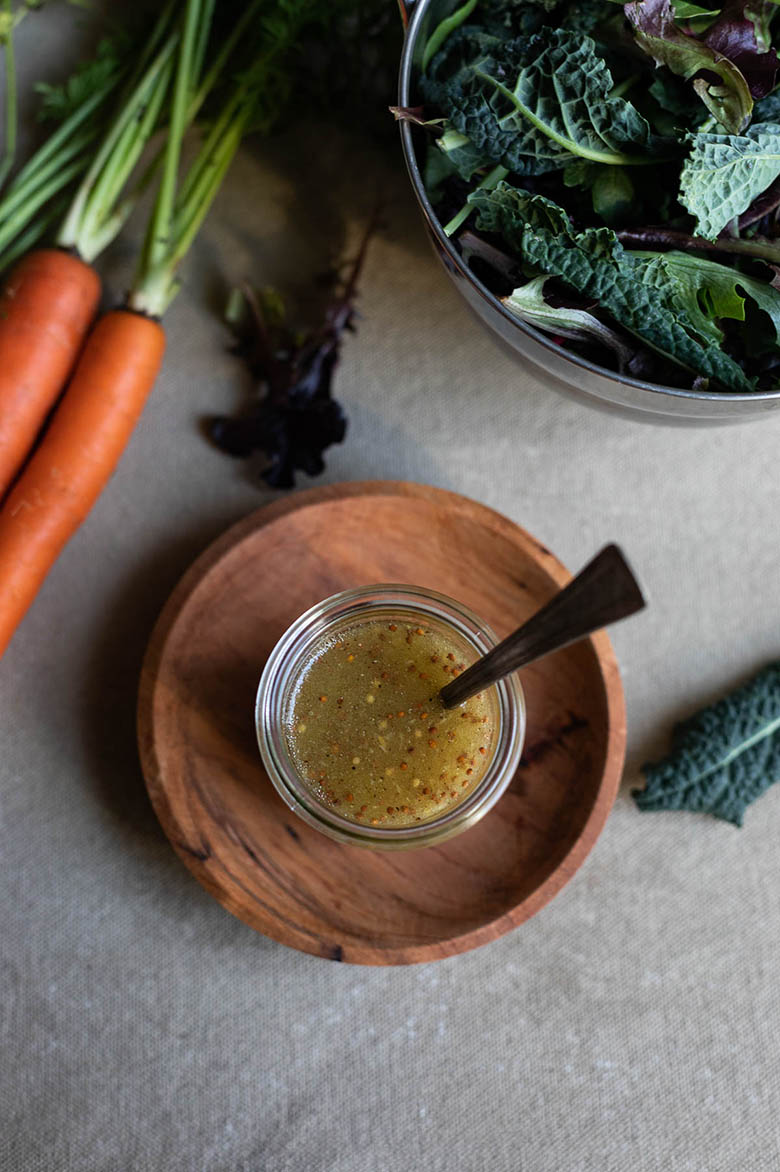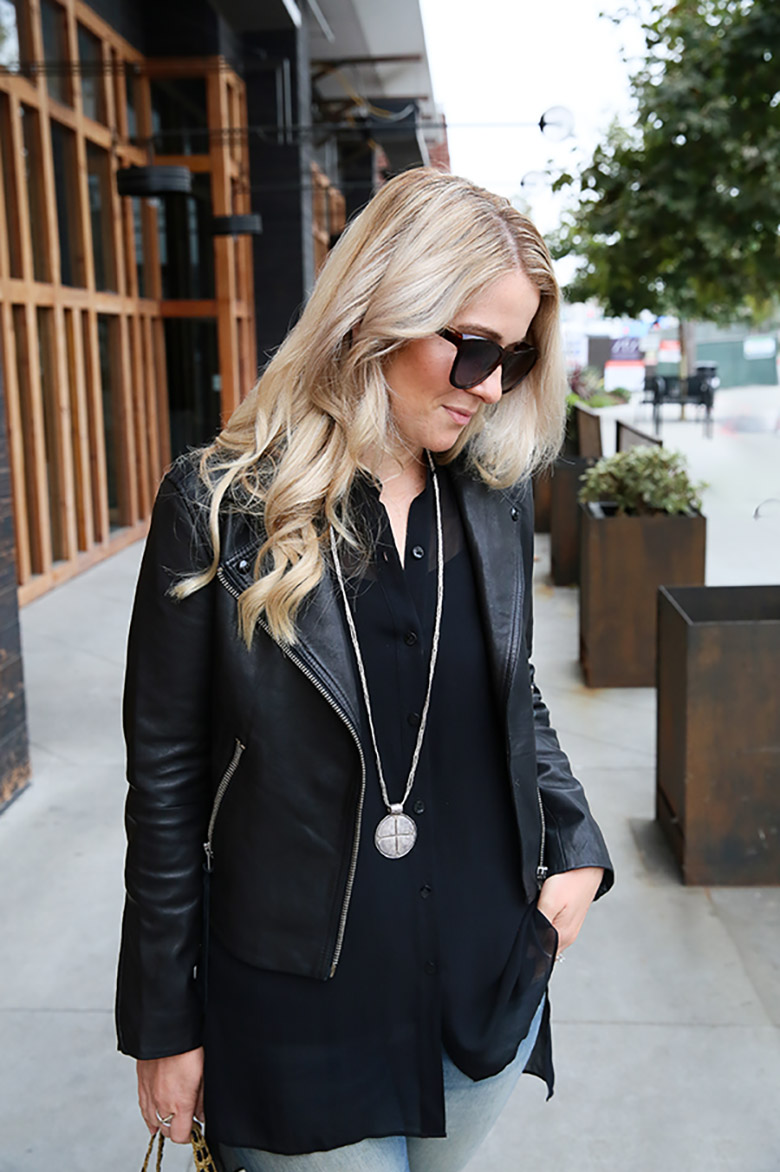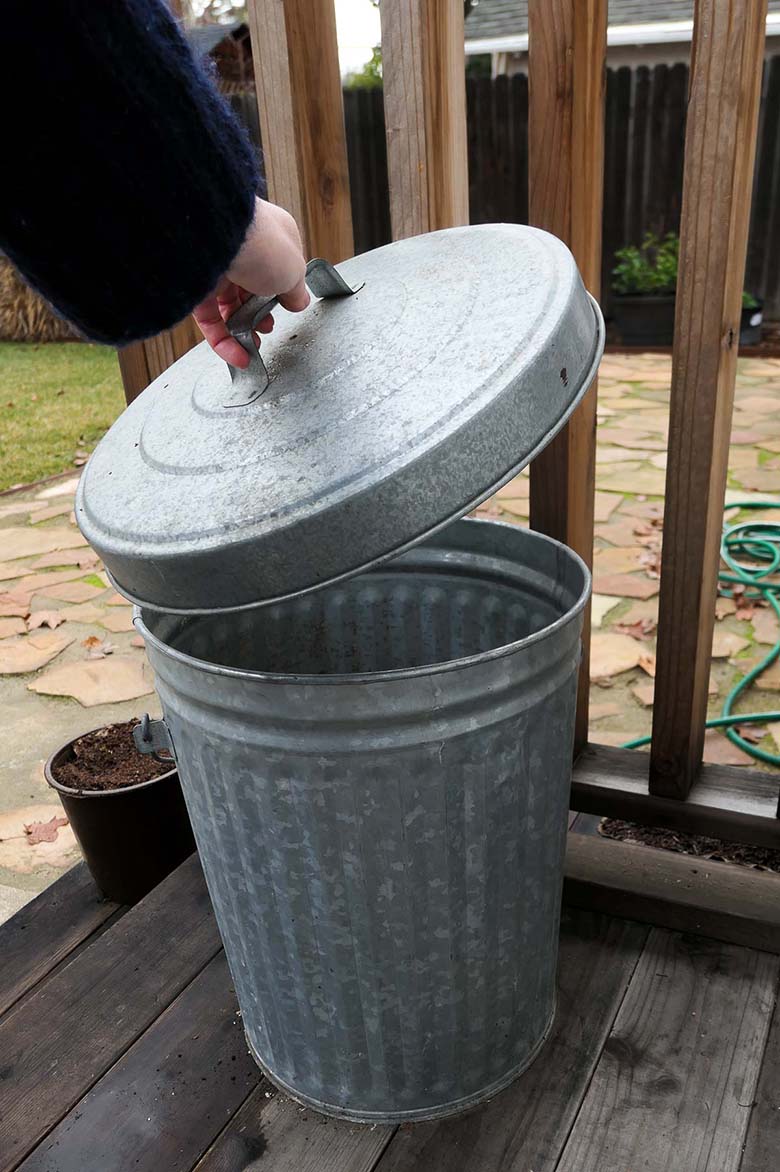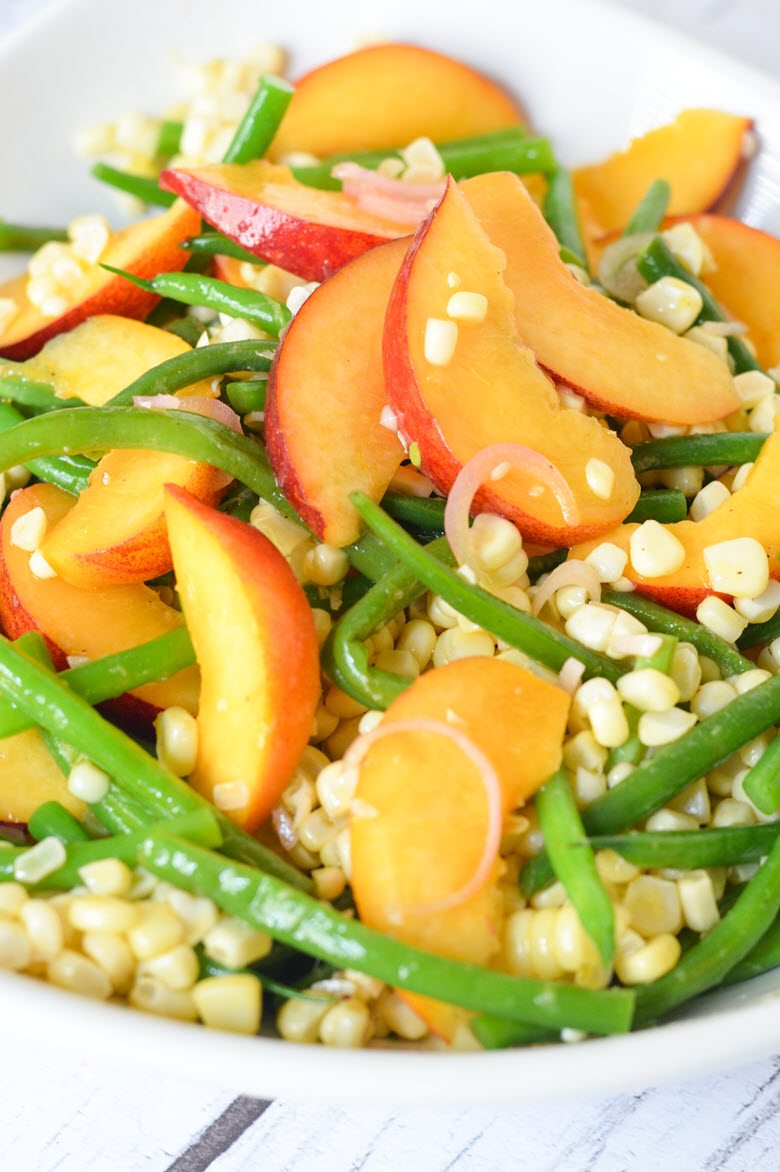When to Throw Away Food & Leftovers
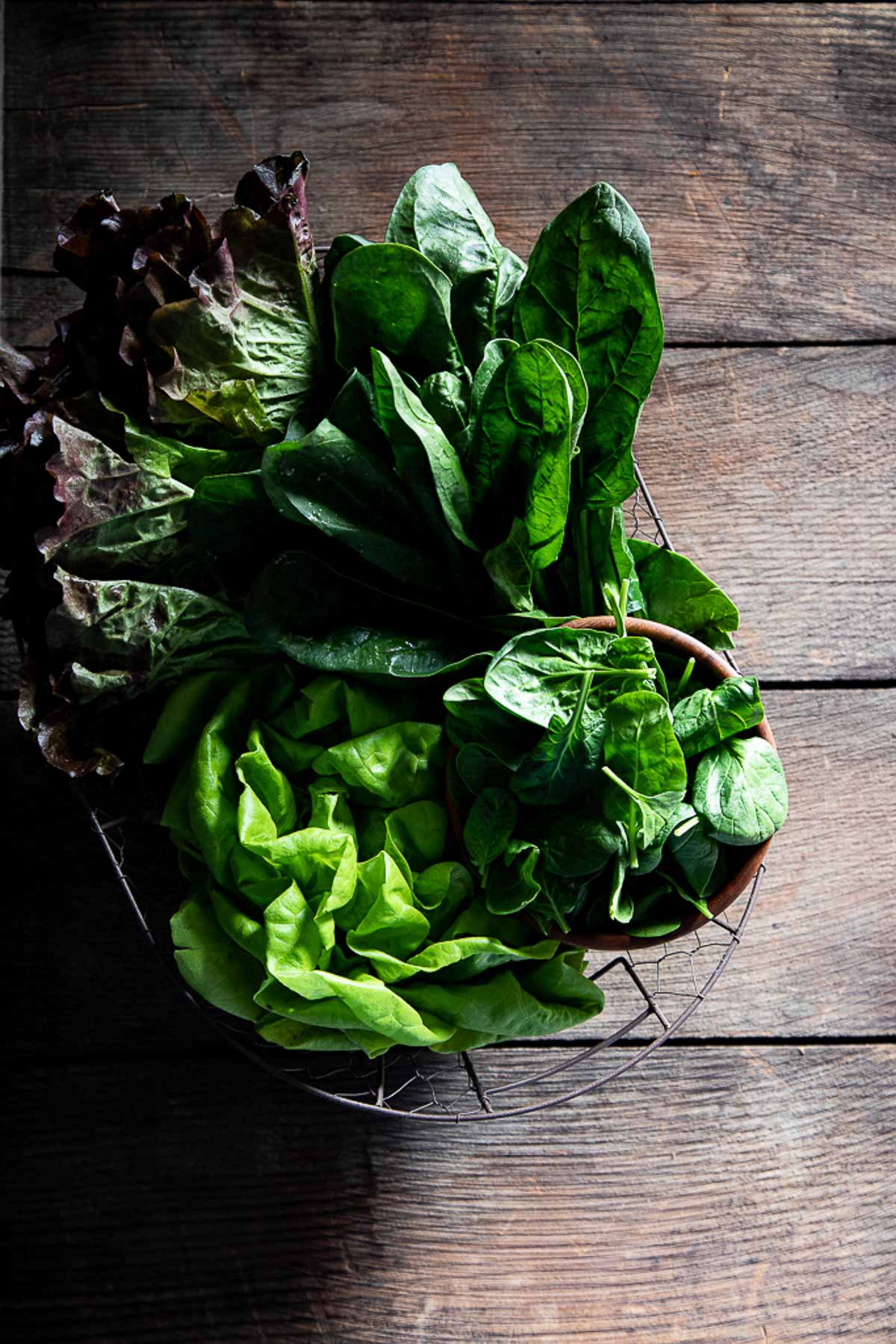
I feel so silly that I didn’t think of doing this post earlier amidst our conversation of how to avoid food waste. I got caught up in the land of produce and local, seasonal produce, pushing the whole issue of when to throw away food to the back burner, the back-back burner I might even say.
While I won’t get too into the weeds, I think our country is a little too obsessed with perfect food and expiration dates as though any bit of food knows the date on the calendar.
Growing up in a home with older parents, I lived in the land of does it smell bad, ignoring expiration dates.
In fact, it’s a running joke now that when one of my sisters goes to mom’s house, she raids the pantry – not for her favorite snacks but to play “find the oldest expiration date!” 2-3 years back isn’t uncommon, and, truthfully, it has no meaning on us anymore. 5+ years get entertaining. And a few times, we were well beyond that benchmark.
I’d apologize here and now to my mom (she knows I love her), but the truth is that this mentality of keeping food beyond a conservatively-guessed date of expiration isn’t a bad thing. Did she and my dad take this to the extreme? Possibly. But there’s a big lesson here.
So while I’m not saying we should go to town on the mustard that’s at least a decade old, we need to talk about when to throw food away because all food can tell you when it’s time to go!
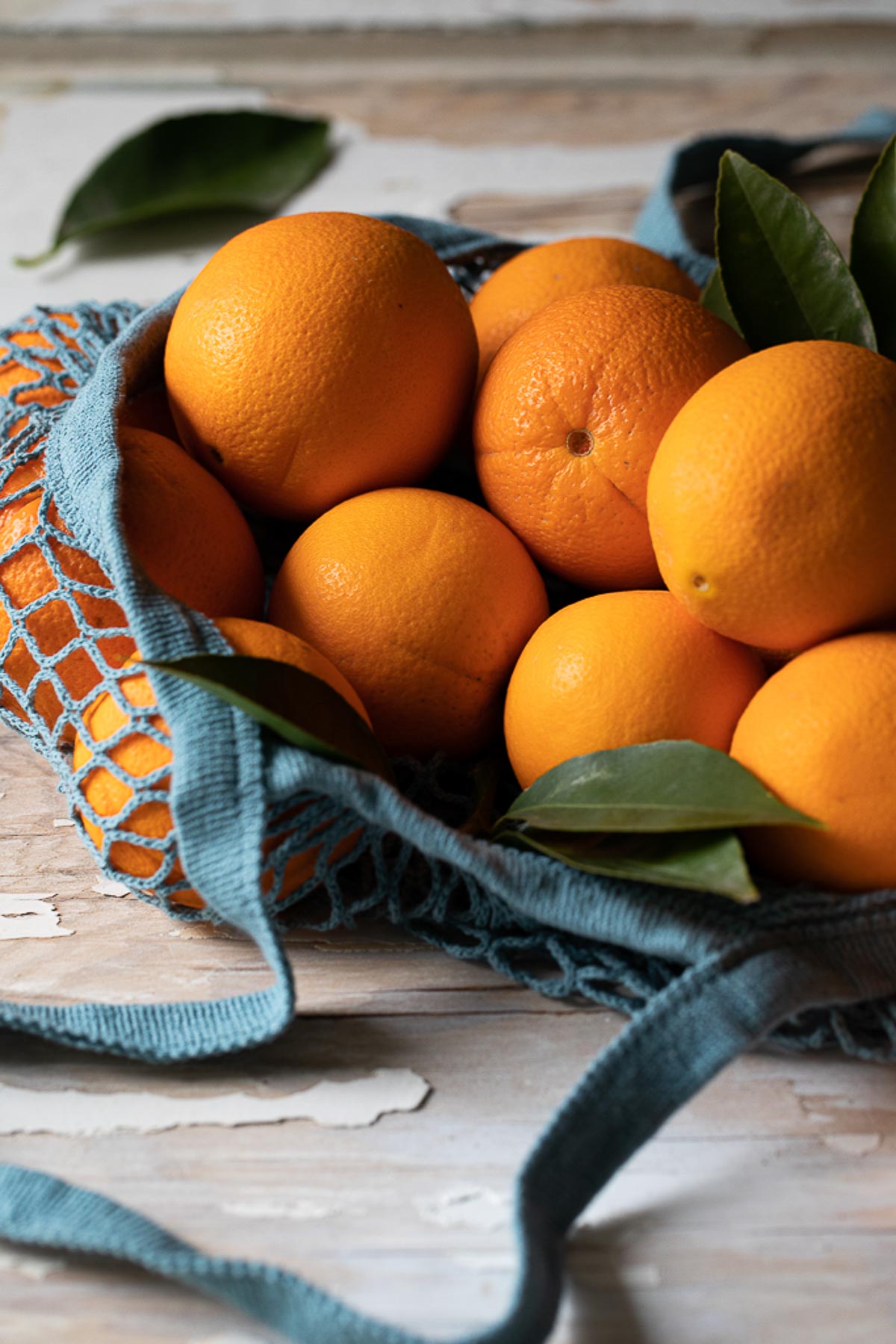
CONTENTS
When to Throw Away Food
If you’re worried that I’m talking to my food, you need not. I might occasionally chat with my dinner ingredients, but that’s not what I’m talking about here.
All food – fresh produce to leftovers – has ways of telling us that it isn’t good to eat anymore. Between smell and appearance, there’s always taste (a last resort of the three)! The problem is, we don’t use these telltale signs to make decisions about throwing food away!
A little food waste science and why it relates to sustainable living…
As food rots in landfills, it emits methane – a terrible greenhouse gas (worse than Carbon Dioxide). In the US, landfills are the 3rd largest source of Methane. And the number one thing sitting in landfills? Food waste!
It’s fascinating because avoiding food waste seems so simple, but it’s such a great (money-saving!) action EVERYONE can make!
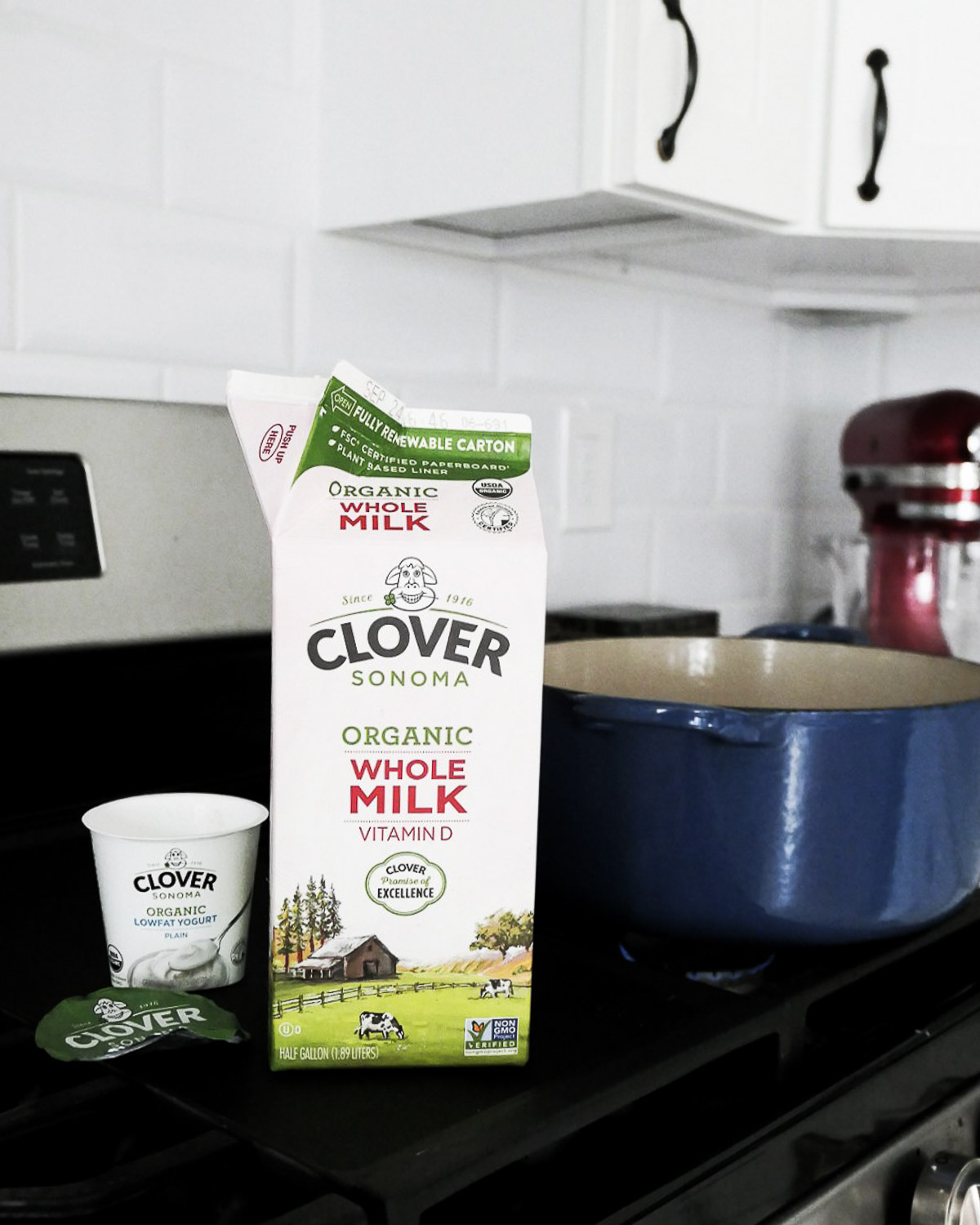
Do Expiration Dates Matter?
So. Stamped expiration dates are probably my biggest judgy, side-eye topic. A lot of food from the market has an expiration date stamped on it – dairy products in particular. These dates are educated guesses; they conservative at best to avoid problems from the public; and I think they’re taken too seriously.
Part of the reason is that there are factors that play into when food goes bad. Was it constantly refrigerated? Mostly? Was part of it accidentally frozen? Was it left out on the counter 10 minutes? 40? All of these things have an affect. And unless you accidentally forgot the milk in the back of the car overnight (guilty!), usually no one of these is singly detrimental.
Read this great write up about all the various best by, and use by date meaning breakdowns.
So let’s get to a more intuitive determination of expiration…
Have you ever smelled bad milk? Yeah? Was it disgusting? Yes. The milk was telling you it was past its prime. Ever have milk pour out clumpy? Yeah? Gross, right? That was the milk telling you it was past its prime. Very clear communication!
The milk didn’t wake up one morning, look at the date stamped on its container and realize its life was over. That’s why milk sometimes goes bad BEFORE an expiration date. It’s also why most milk is actually just fine AFTER its best-by date.
So if you’re wondering if your milk is bad, smell it, pour it, and then taste it. At one of those stages, if something is awry, then your milk is done. If not, then it’s PERFECTLY FINE!!
Should you even look at the expiration dates for milk?
Yep. When you’re in the store buying milk, expiration dates can give you a good idea of how long your household will have to consume the milk, worry-free. If you haul through milk, then you can do your part and grab those earlier expiration dates!
If it really takes you awhile to get through milk, look for a later date (also try smaller containers or freezing some of the milk).
Make your decisions based on how you can avoid food waste, not just the cost per ounce.
NOTE: This philosophy is true for all dairy foods – cheese, yogurt, sour cream, etc.
What if there’s mold?
Can I tell you a secret? It might seem kind of gross, but you should give it a try. If I smell a slight funk or see some mold on the sides of yogurt or sour cream containers…I take a spatula and wipe the edges of the container clean, then scoop off a layer off the top, and see if the smell goes away.
A lot of times, the product itself is fine, but it needs that clean up! Sometimes it isn’t, I won’t lie, but I always give it a shot.
Same goes with hard, semi-soft cheeses (e.g. cheddar, mozzarella, pepperjack, etc.). If there’s mold (sometimes it looks like white dust), I just cut it off. Mold can’t really penetrate into these blocks of cheeses.
Sometimes, I slice every side off to just start with a brand new block. And then I like to change out the storage container (a new reusable bag, for example. see my stasher bags review). Then we’re usually good to go!
So while a part of these items were past their prime, the whole wasn’t – less food waste is less food waste. This is a big caveat to know when to throw away food – when it’s partial, not all!
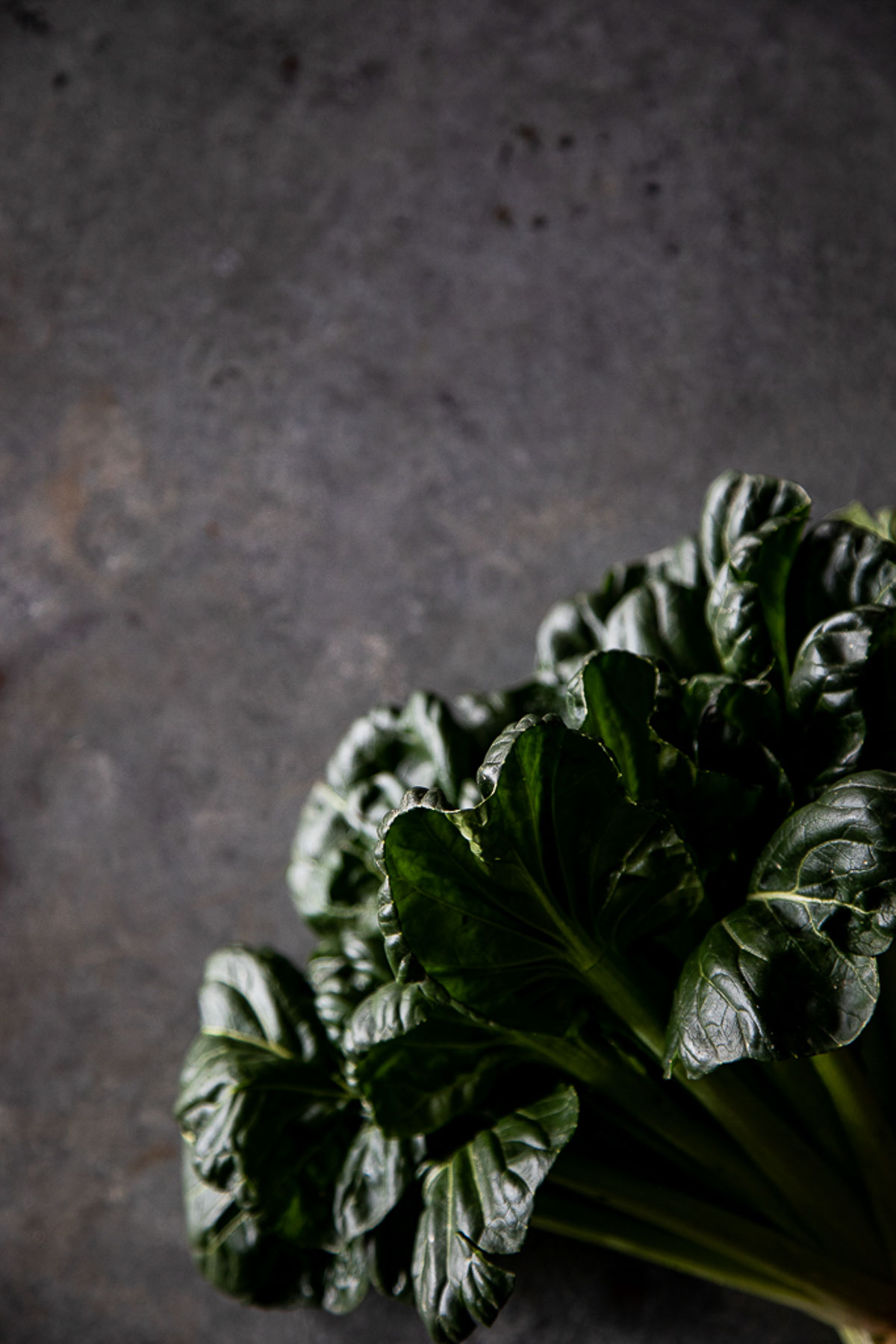
When Should You Throw Away Meat?
Besides milk, meat seems to be the next biggest problem of food that’s thrown away prematurely.
If you’re dealing with raw meat, a general consensus is that if it’s sealed and refrigerated, the meat should be fine for a few days. I try not to have raw meat in my fridge more than about 3 days, but that’s my own determination. And past that, I just give it a solid once over to check if I think it’s still safe to eat.
Instead, we keep our meat in the freezer. It can last 1-2 months in there without freezer burn and even longer in terms of safe eating. Freezer burn takes away from tastiness and therefore ensuring that the meat is all eaten, hence why it’s important to me.
For defrosting, we just take it out in the morning and let it defrost on the counter. In the summer, with warmer temps, it’s usually defrosted well before dinner, so we pop it into the fridge. If we aren’t home, we’ll put it in an open cooler with an ice pack to prevent it from defrosting too quickly.
If you have raw meat in your refrigerator, I still think it can tell you what its status is – again by look and smell. Raw meat can start to have some discoloration. If light hits it and you see some colorful spots, then something’s gone awry!
As for cooked meat, smell is your best friend here. If it smells off, it’s gone!
Because we consume meat cooked, you can feel safer knowing that your cooking will kill germs about which you might be concerned.
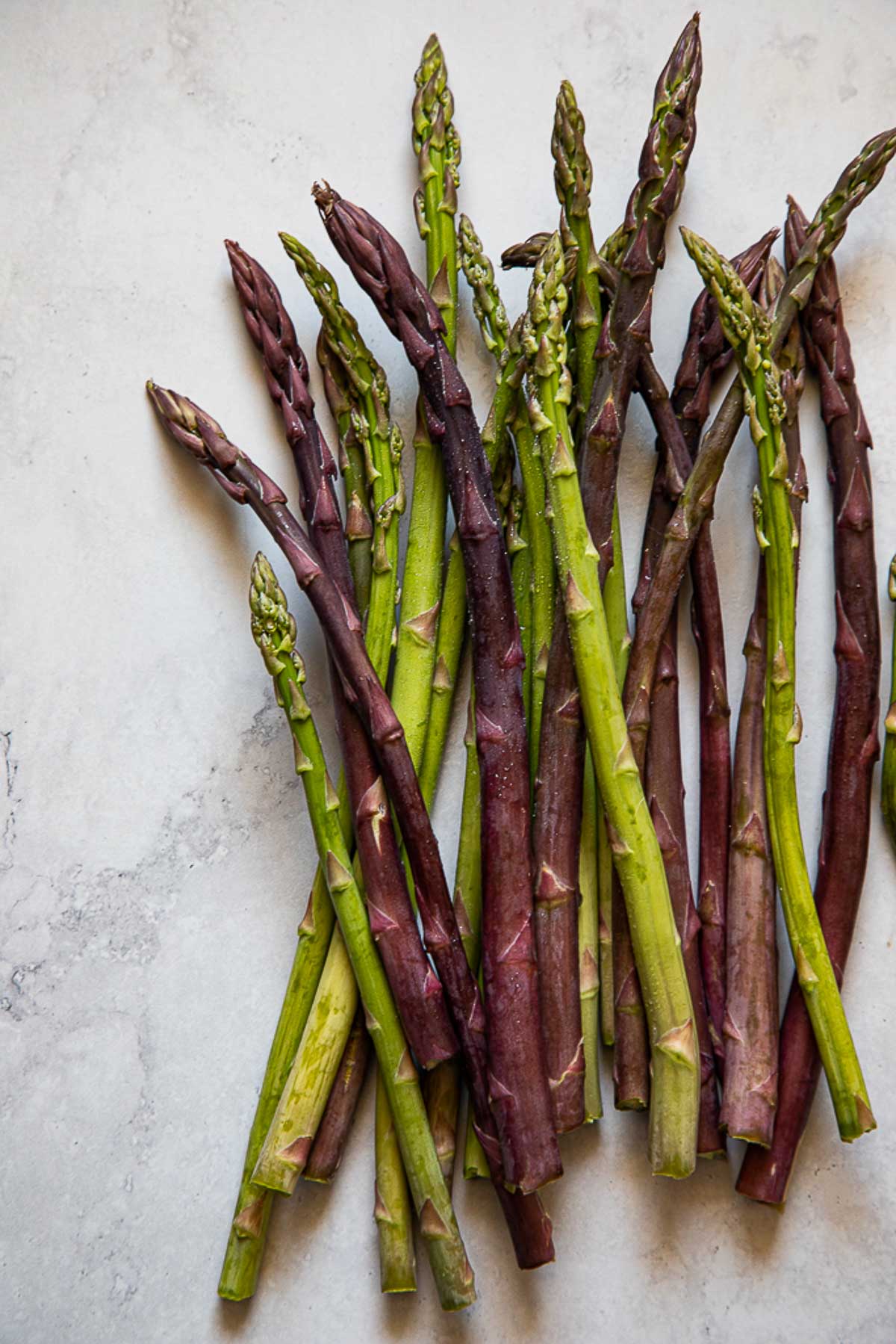
Is it safe to eat expired food?
So, clearly, I’m on the side of – YES (within reason)!!!!! I understand many fears of eating unsafe food, however (a side effect of having a food system run by people whose priority is the dollar over the safety – a topic for another day (and not on this blog!)). I also see the perils of letting this fear decide an expiration date rather than having a closer relationship with food.
My family and I have always been fine with this more intuitive approach to deciding when to throw food away.
If you’re really struggling with this, there’s no need to take it to an extreme. If you can save food from hitting the trash and landfill by one day, thereby giving you a few more meals to get it eaten rather than wasted, YOU ARE WINNING!
Perhaps you can take one of these categories – dairy, meat, produce, leftovers, and try to focus on taking a minute to decide when it’s really time to throw away food. You’ll be making progress and helping cut back on food waste in the landfill, cutting back on methane production.
Photos by Food Photographer Lori Rice


